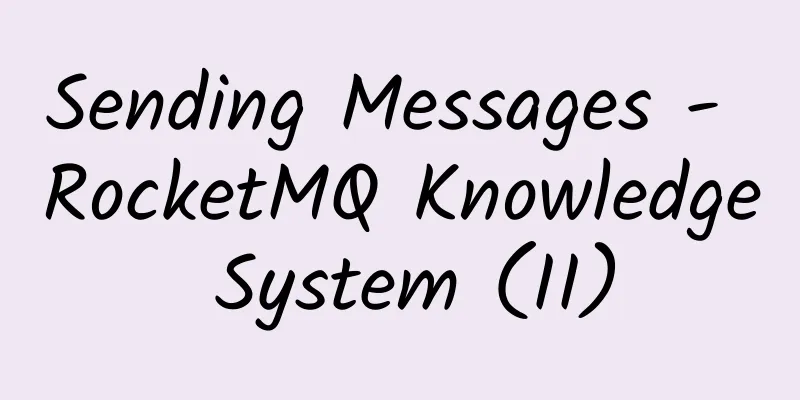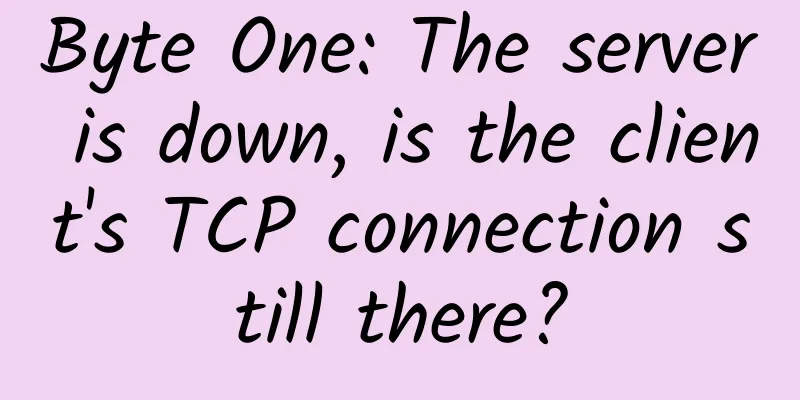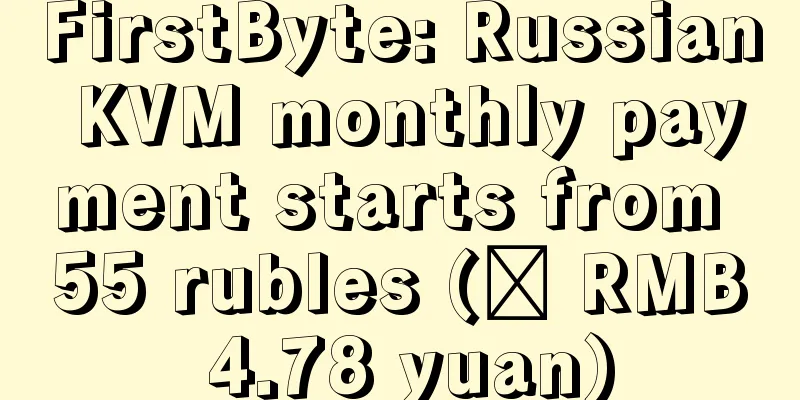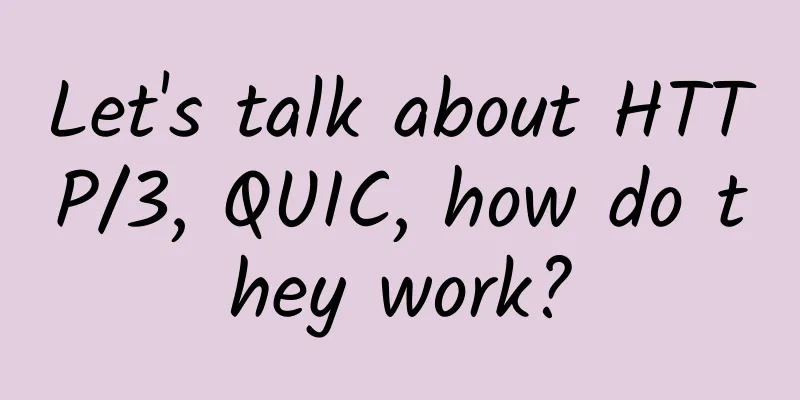Sending Messages - RocketMQ Knowledge System (II)

|
In the previous article, we got to know RocketMQ. This article will talk about the production side of RocketMQ and the principles of message sending. Message sending processRocketMQ client message sending can be divided into the following three layers: Business layer: directly call the business code of the MQ Client sending API; Message processing layer: After RocketMQ Client obtains the message object sent by the business, it performs a series of operations such as parameter checking, message sending preparation, parameter packaging, etc. Communication layer: RocketMQ is an RPC communication service encapsulated by Netty. All the communications between RocketMQ components use this module. The general process:
Message data structureMessage The physical carrier of information transmitted by the message system, the smallest unit of production and consumption of data, each message must belong to a topic. Each message in RocketMQ has a unique Message ID and can carry a Key with a business identifier. The system provides the function of querying messages by Message ID and Key. Core field configuration Other Message Configuration Producer Configuration Message sending method Rocketmq provides three ways to send common messages: synchronous, asynchronous, and one-way.
Comparison of sending methods: sending throughput, one-way > asynchronous > synchronous. However, one-way sending has poor reliability and may cause message loss. The selection is determined according to actual needs. 2. Message Type The message client provides multiple SDKs: normal, sequential, transactional, and delayed messages Producer Load BalancingWhen a producer sends a message, it polls all queues by default, and the message will be sent to different queues. Queues can be distributed on different brokers. Producer high availability【Application scenarios】 Suppose there is a cluster consisting of three broker nodes, with topic 1. By default, four queues are created on each broker, namely: master-a (q0, q1, q2, q3), master-b (q0, q1, q2, q3), master-c (q0, q1, q2, q3). The last time a message was sent to the q0 queue of master-a, master-a crashed. If you continue to send topic 1 messages, how can you avoid sending them to master-a again? RocketMQ's solution: Sending failure retry and Broker fault delay avoidance mechanism. The configuration item retryTimesWhenSendFailed is used to indicate the number of synchronous retries, which is 2 by default, plus 1 normal send, for a total of three opportunities; the queue selection method is controlled by the value of sendLatencyFaultEnable, which is false by default, and does not start the broker fault delay mechanism. When the value is true, the broker fault delay mechanism is enabled. (1) Retry after sending failed RocketMQ supports synchronous and asynchronous sending. Either method can be retried after failure. If a single Broker fails, the retry will select other Brokers to ensure normal message delivery. Failure retry logic: (2) Broker Avoidance Mechanism RocketMQ Client maintains a "Broker-Send Delay" relationship and selects a Broker with a lower send delay level based on this relationship. This can maximize the use of Broker capabilities, eliminate Brokers that are down, unavailable, or have a high send delay level, and ensure that messages are sent normally as much as possible. What to do if NameServer is down?If Namesrv is down, the newly added production and consumption will not be able to obtain the topic routing information and will report MQExecption; if the production and consumption caches the routing information of the producer's cached Topic, if all NameServers are down, messages can still be sent at this time. |
<<: What is the handshake process like when connecting to a host whose IP does not exist?
>>: Big data, 5G, and surgical robots are changing healthcare
Recommend
Tencent Cloud Golden Autumn Season, 2C2G3M lightweight server starting from 95 yuan/year
It has been more than half a year since I shared ...
The development of 5G should be based on facts and not just pursue book data
At present, the three major telecom operators hav...
Science article! What is 5G?
1 Let me start with the reason. Yesterday, I saw ...
HostingViet: Vietnam VPS monthly payment starts from 28 yuan, 2GB memory/20G SSD disk/150M unlimited traffic
HostingViet is a local Vietnamese host establishe...
China has more than 150 million 5G users, of which 50 million do not use 5G phones
China Mobile and China Telecom announced that the...
Do you know the origin and function of Wi-Fi?
Since its introduction 25 years ago, Wi-Fi has pl...
Ping is often used in the network. Teach you how to detect the three-layer network at one time
Internet Control Message Protocol: ICMP is a cont...
Controlling the throat of the Internet of Things, what value can wireless communication technology bring to the application field?
Communication technology has been the most talked...
What is 5G Dual Connectivity?
This is a 4G base station, simple and clean. Howe...
Almost all companies hope to increase user revenue through 5G investment
The latest survey report from network security ve...
Kuaishou builds a real-time data warehouse scenario-based practice based on Flink
This article is compiled from the topic "Kua...
80VPS: Hong Kong/Japan/Singapore/South Korea/US VPS annual payment starts from 199 yuan, regular packages are permanently 50% off
80VPS, a long-established Chinese merchant, is a ...
Operations and Continuous Delivery
Operations and Continuous Delivery In the era of ...
What do edge computing and 5G mean for the Internet of Things?
Most IoT architectures in the business world are ...
It’s time to show the real technology! See 5G+IoT=?
The Internet of Things is already booming, and it...









